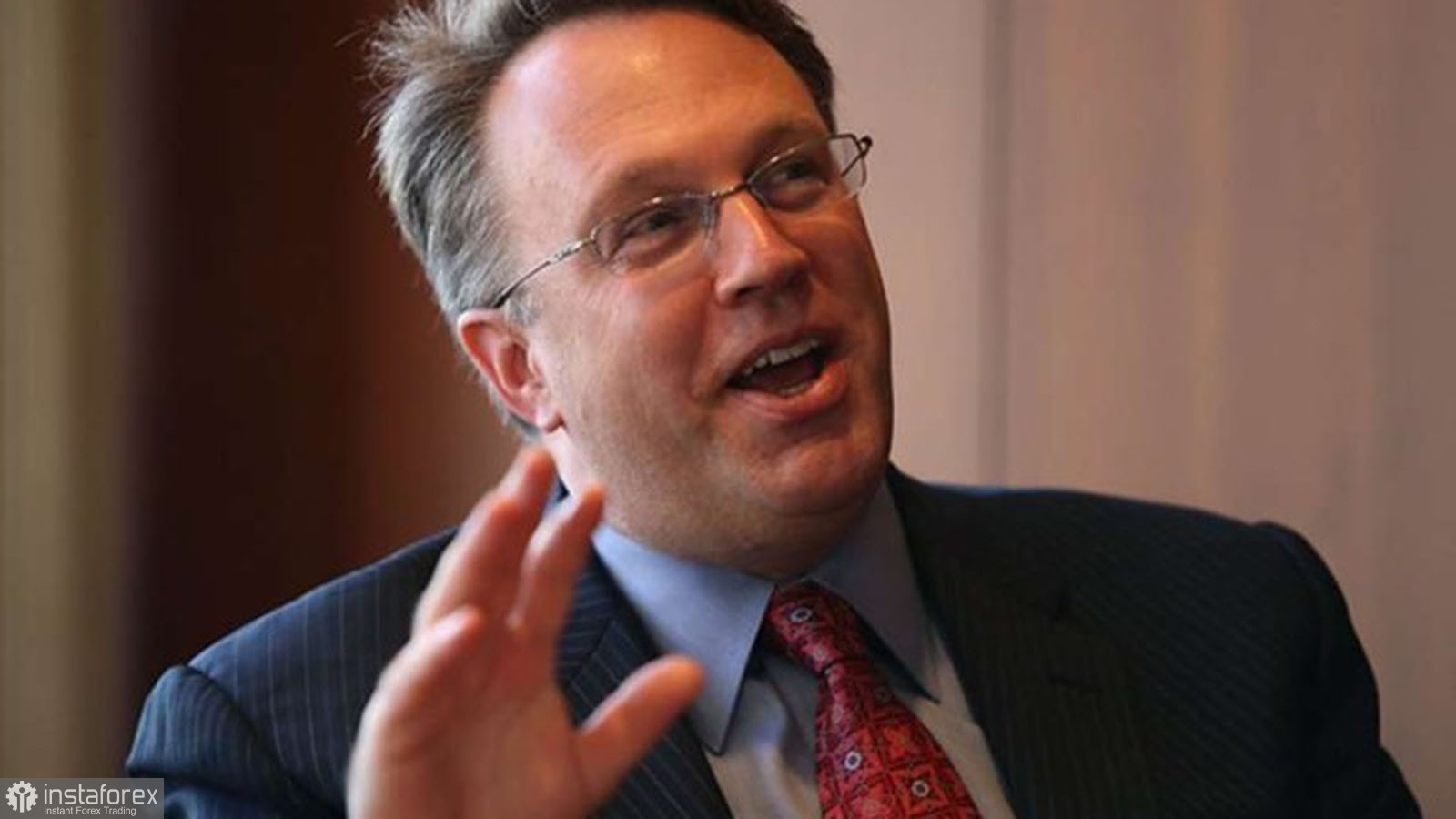
As we have already said, the US stock market continues its powerful decline, which is a correction against the previous upward trend. Right now, we don't see how the market can suddenly turn around and start a new upward trend. The money supply in the US will shrink in the next few years under the QT program, and rates will rise to at least 3%. Now we see that Treasury bond yields are rising, inflation has started to slow down (although this may be an accident), and demand for safe assets is starting to grow, but risky assets are out of favor with investors. Thus, we are not at all surprised by the fact that the US stock market and the cryptocurrency market show a powerful decline in 2022. The fundamental background now corresponds to what is happening in these markets.
Naturally, all the talk now concerns inflation. By the end of April, it slowed down to 8.3%, which, in principle, is nothing. A 0.2% slowdown is not the result the Fed is counting on. New York Fed Chairman John Williams became the first FOMC member this week to make a speech. He said that inflation remains the number one problem for the regulator, it is too high and very stable. According to him, getting the economy back into balance is a very difficult task. Already from these words, it becomes clear that the process of returning inflation to the target level may take at least one and a half to two years. Williams also said that "lockdowns" in China and the military conflict in Ukraine are very big problems. Both of these events are difficult to predict, so the situation may become much worse, and begin to gradually improve over time, reducing the inflation pressure.
Also, the head of the Federal Reserve Bank of New York made several important statements on the QT program. He noted that the reduction of the Fed's balance sheet will last for several years, maybe even 5 (Williams' earlier statement). At the end of this time, the Fed's balance sheet will still be higher than 10 years ago. It would be the best option for the Fed to own only Treasury bonds, but that's not the case right now. Now the US economy is like the Titanic, which has already hit an iceberg but has a chance to stay afloat. If the steamer accelerates (monetary policy tightening) too quickly, it can worsen the damage and start drawing water, which will lead to a recession and a slowdown. If the steamer goes at the same speed so as not to aggravate the damage, it can reach the nearest port (no recession or minimal). Anyway, this process can take 1.5-2 years, so you can't count on quick results. This means that risky assets will continue to be under pressure for the entire period when the Fed will work on tightening monetary policy. By the way, simple mathematical calculations show that the Fed's balance sheet can decrease by $ 1.15 trillion per year ($ 95 billion per month). In total, it is now almost 9 trillion. Thus, even cutting it in half will take 4 to 5 years.
 English
English 
 Русский
Русский Bahasa Indonesia
Bahasa Indonesia Bahasa Malay
Bahasa Malay ไทย
ไทย Español
Español Deutsch
Deutsch Български
Български Français
Français Tiếng Việt
Tiếng Việt 中文
中文 বাংলা
বাংলা हिन्दी
हिन्दी Čeština
Čeština Українська
Українська Română
Română

